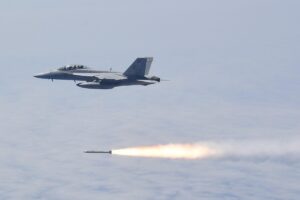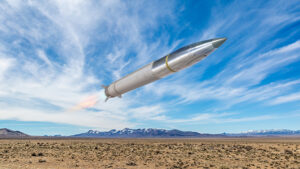
While the Navy finished its last buy of the Northrop Grumman [NOC] AGM-88 Advanced Anti-Radiation Guided Missiles (AARGM) last year, the company is to continue building the missiles for the Navy until fiscal 2024 when the company plans to reach the goal of delivering 1,803 missiles to the Navy, as the service transitions to the AARGM-Extended Range (AARGM-ER) for use on the Boeing [BA] F/A-18 E/F Super Hornet and the E/A-18G Growler. Since 2011, Northrop Grumman has delivered "well over…














